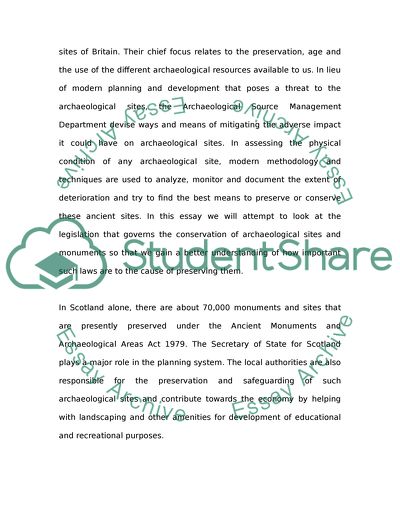Cite this document
(“What legal protection is given to archaeological sites in Britain To Essay”, n.d.)
What legal protection is given to archaeological sites in Britain To Essay. Retrieved from https://studentshare.org/miscellaneous/1569163-what-legal-protection-is-given-to-archaeological-sites-in-britain-to-what-extent-are-these-measures-effective-in-safeguarding-their-future
What legal protection is given to archaeological sites in Britain To Essay. Retrieved from https://studentshare.org/miscellaneous/1569163-what-legal-protection-is-given-to-archaeological-sites-in-britain-to-what-extent-are-these-measures-effective-in-safeguarding-their-future
(What Legal Protection Is Given to Archaeological Sites in Britain To Essay)
What Legal Protection Is Given to Archaeological Sites in Britain To Essay. https://studentshare.org/miscellaneous/1569163-what-legal-protection-is-given-to-archaeological-sites-in-britain-to-what-extent-are-these-measures-effective-in-safeguarding-their-future.
What Legal Protection Is Given to Archaeological Sites in Britain To Essay. https://studentshare.org/miscellaneous/1569163-what-legal-protection-is-given-to-archaeological-sites-in-britain-to-what-extent-are-these-measures-effective-in-safeguarding-their-future.
“What Legal Protection Is Given to Archaeological Sites in Britain To Essay”, n.d. https://studentshare.org/miscellaneous/1569163-what-legal-protection-is-given-to-archaeological-sites-in-britain-to-what-extent-are-these-measures-effective-in-safeguarding-their-future.


